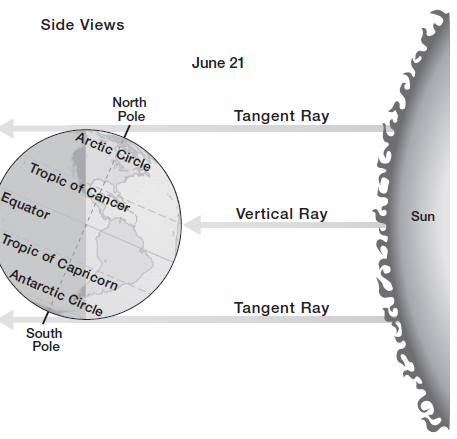Describe the major aspects of the conveyor belt model
What will be an ideal response?
Answer: In the conveyor belt model, the warm conveyor belt between the cold and warm fronts is responsible for much of the large band of cloud cover evident in the satellite image. The cold conveyor belt flows toward the center of the low-pressure system at the surface and rises as it does so, producing the cluster of clouds over the Dakotas and Minnesota. The dry conveyor belt flows in the upper troposphere, with some of the flow sinking as it approaches the cold front. The rest of the conveyor belt remains in the upper atmosphere and remains dry and relatively cloud free. That is evident in (b) as the gap over Wisconsin separating the major cloud regions.
You might also like to view...
Do the concentrations of air pollutants vary significantly during the day where you live? If so, when do the highest concentrations of pollutants occur?
What will be an ideal response?
What is the latitude of the tangent rays in the Northern Hemisphere?

Figure 9-2: Earth–Sun relations on June solstice.
The above question is based on Figure 9-2, showing Earth–Sun relations on June 21.
What will be an ideal response?
In 2012, economist Gernot Wagner estimated that the benefits of the U.S. Clean Air Act exceeded the costs of complying with the law by ____.
A. 2 to 1 B. 5 to 1 C. 10 to 1 D. 20 to 1 E. 30 to 1
The most abundant phytoplankton in the open ocean is the cyanobacterium Prochlorococcus.
Answer the following statement true (T) or false (F)